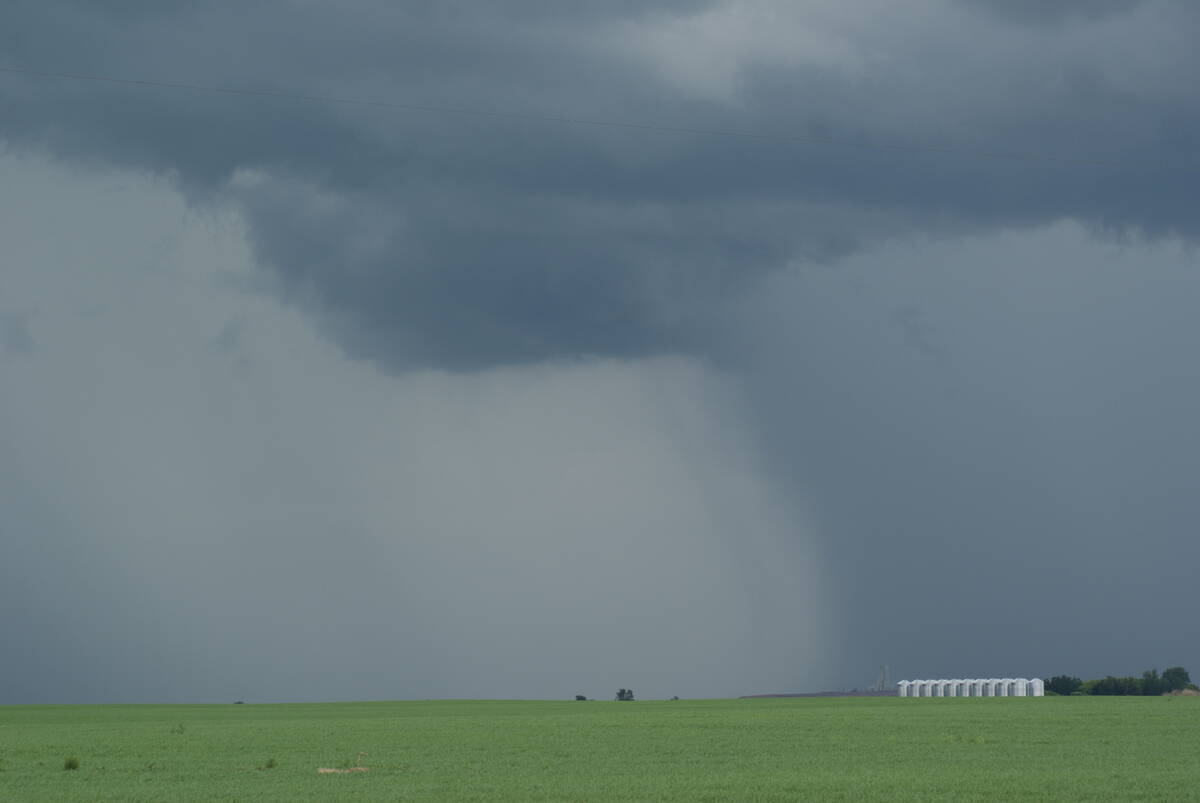It’s looking like an earlier than normal finish to harvest for most producers. While that means more time before the snow flies for an array of decisions, it doesn’t make those decisions any easier.
Leading up to mid-September, canola prices dropped like a rock. Producers planning to sell some canola for cash flow when it was nearly $18 a bushel changed their minds when prices retreated by well over a dollar.
While harvest pressure can contribute to a price drop, it’s also true that some commodities can have their best prices at harvest time. Lentil prices have been particularly strong.
Read Also

Canadian farmers need new tools to support on-farm innovation
Farmers need a risk management buffer that actually works and investment that drives advancements forward if Canada is to build resilience.
While grappling with marketing decisions, it’s also the time to consider weed issues. More herbicides with different modes of action are now available for application ahead of freeze up for residual control of next year’s weeds. Kochia control is at the top of the list in many regions with this weed resistant to an expanding list of herbicide groups.
Spraying in October can be troublesome with the possibility of freezing temperatures. Plus, you need to be sure of your plan for what is going to be seeded where. On the other hand, fall application is often more effective, particularly for products that need moisture for activation.
There’s lots of time for soil testing to guide fertilizer application decisions for the next growing season. Unfortunately, that doesn’t tell you the best time to buy next year’s fertilizer and the best time for nitrogen may have been back in July. Alberta Agriculture’s farm input price survey shows urea at $700 a tonne in July and it’s higher than that now.
Fertilizer market analysis has proven even less reliable than grain market prognostication, often passing for hype rather than analysis. Urea last year peaked at about $1,150 a tonne in November and then declined steadily all the way to seeding and beyond. Buying before winter was a costly decision.
Usually, buying in the fall or winter is a good management decision, with nitrogen prices typically increasing as seeding approaches. Last year was one exception.
Alberta Agriculture hasn’t posted its survey prices for August yet. In my region as of mid-September, I see urea prices approaching $800 a tonne. Will that look like a bargain or will it look expensive by the time seeding rolls around? Urea was as low as $550 in October 2020 and reached a peak of $1,350 in April 2022.
Along with soil testing, fall is a good time to send away seed samples for testing. No use cleaning grain that has a germination, vigour or disease issue. It’s great to get seed cleaned well ahead of the spring rush. Last-minute seed cleaning creates unnecessary stress.
Of course, ahead of cleaning your own seed, it’s good to know what crops you’ll be growing and whether you want to upgrade any of your varieties. Decisions, decisions.
As always, clean-up and maintenance can be performed on harvesting equipment before putting it away and it’s great to have that done ahead of another year.
In years when harvest drags on for months and when a huge percentage of grain needs to be dried after harvest, that takes precedence over planning and other fall work. This year, most will have time to catch their breath and carefully consider actions and options for the next growing season.
However, it’s human nature to procrastinate. As well, analysis can lead to paralysis.
Kevin Hursh is an agricultural journalist, consultant and farmer. He can be reached by e-mail at kevin@hursh.ca.
















